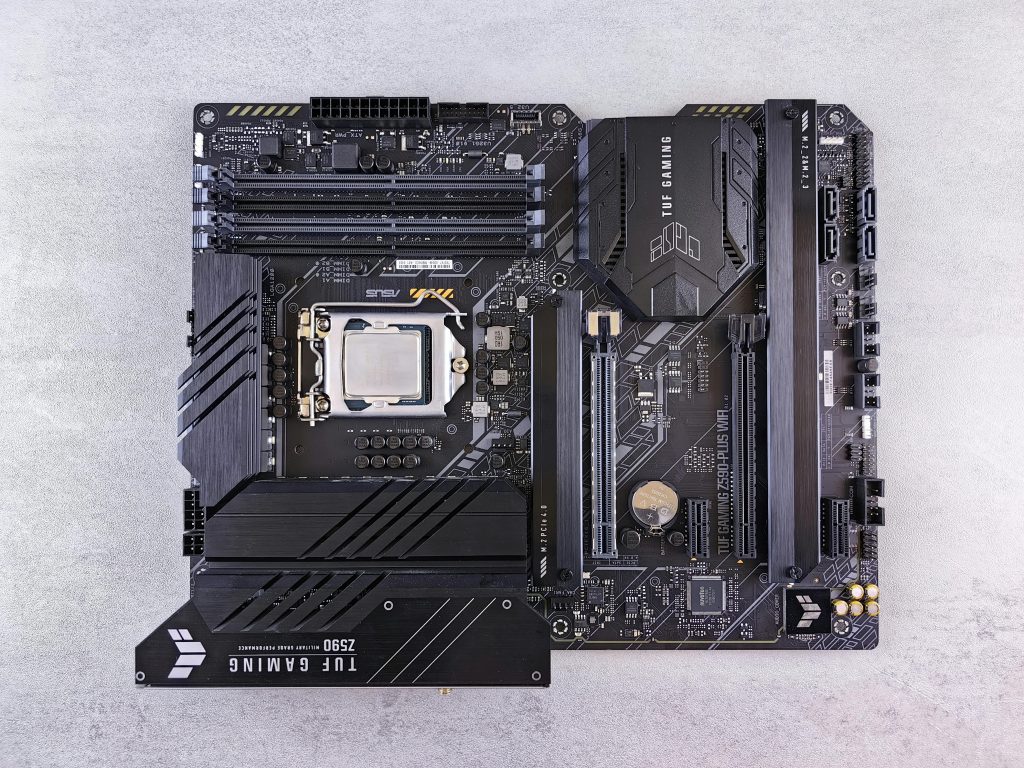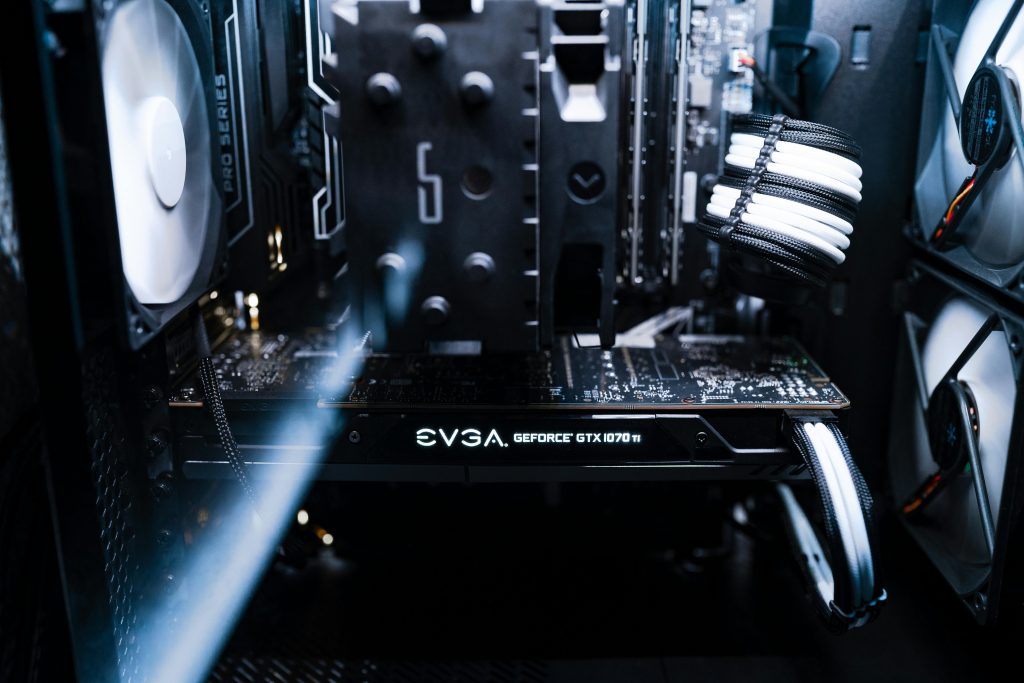Understanding and Resolving Repeated Boot-Time Delays on Your Windows PC
Experiencing consistent delays during your computer’s startup process can be both frustrating and concerning. Many users have encountered situations where, upon powering on their devices, they’re greeted with lengthy estimated times for the system to fully boot up, sometimes stretching over several hours. If you’re facing a similar issue, you’re not alone. This article aims to provide insights into potential causes and practical solutions to help you navigate and resolve this problem effectively.
Identifying the Issue
User reports indicate a recurring pattern where, after shutting down the PC normally, subsequent startups are accompanied by progress interfaces estimating extended boot durations—occasionally over three hours, then escalating to more than eleven hours. In some cases, users have attempted simple workarounds, such as disconnecting and reconnecting power, which temporarily bypass the delay, allowing normal usage for a period before the issue reoccurs.
Common Causes of Extended Boot Times
Several factors can contribute to prolonged startup times, including:
- Corrupted System Files: Essential Windows components may be damaged, leading to delays during the boot process.
- Hardware Issues: Failing or incompatible hardware, such as hard drives or RAM modules, can cause slow startups.
- Software Conflicts: Newly installed software or drivers may interfere with the normal startup sequence.
- Fragmented or Failing Hard Drive: Mechanical drives with bad sectors or fragmented data can significantly slow down boot times.
- Pending Windows Updates or Repairs: Unfinished updates or system repairs can interfere with startup speed.
Steps to Troubleshoot and Fix Boot Delays
If you are experiencing similar issues, consider the following steps:
1. Perform a System Scan for Errors
Use the built-in System File Checker to identify and repair corrupted files:
- Open Command Prompt as Administrator.
- Type:
sfc /scannow - Press Enter and wait for the process to complete.
- Restart your computer and observe if the issue persists.
2. Check for Hardware Issues
- Run disk diagnostics to ensure your hard drive is functioning properly.
- Use tools like Windows Memory Diagnostic to check RAM integrity.
- If you suspect hardware failure, consult a professional technician.
3. Disable Unnecessary Startup Programs
- Press
Ctrl + Shift + Escto open Task Manager. - Navigate to the Startup tab.
- Disable programs that are not essential.
- Restart your system to
Share this content:



